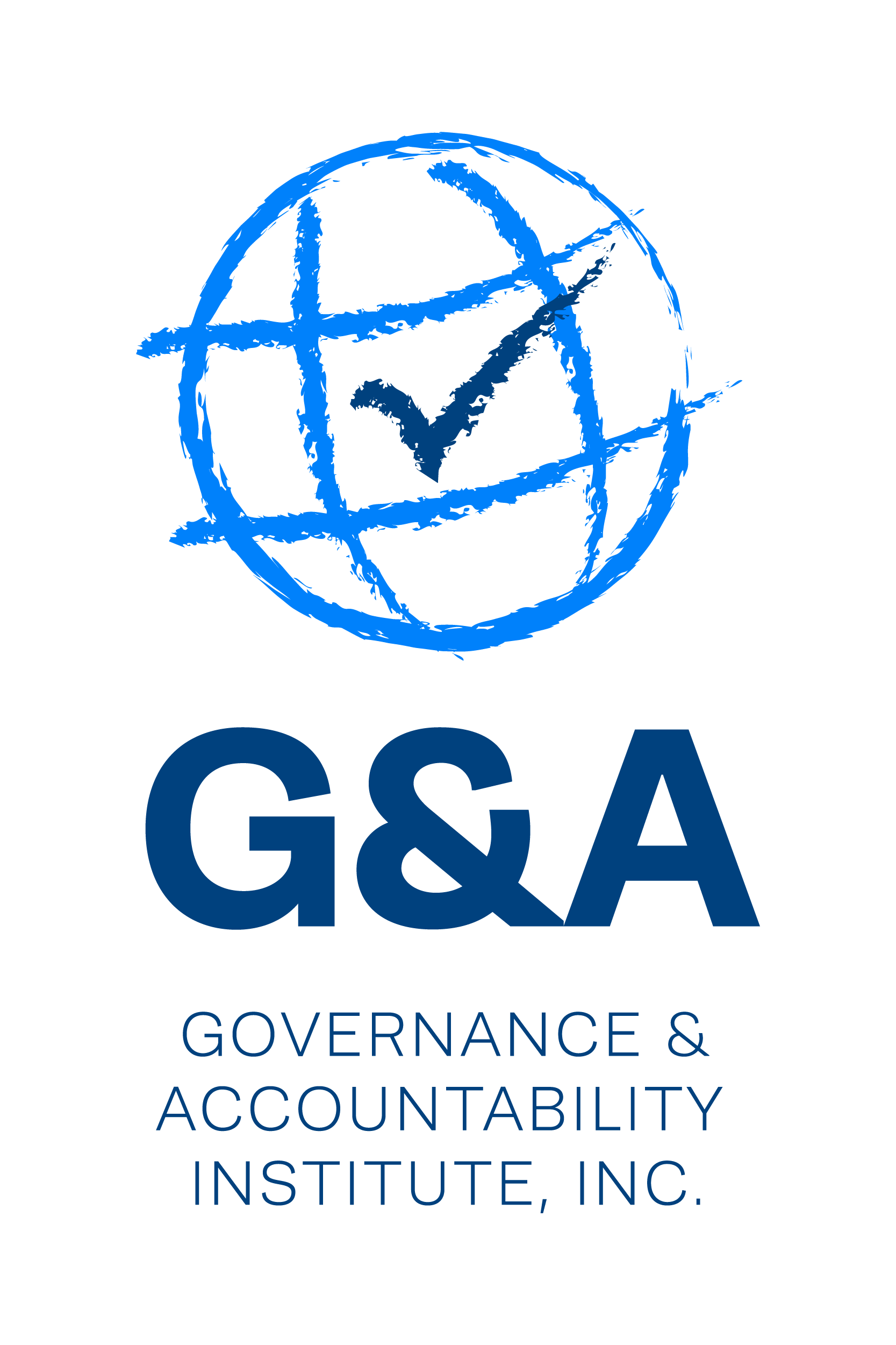CalPERS, Leader in Sustainable Investment, Stays the Course on ESG
G&A's Sustainability Highlights (04.01.2024)
The majority of asset owners in the U.S. retain investment firms, both privately-owned and publicly-traded, to assist in managing investments across various asset classes. These asset owners (mainly fiduciaries) include state, city, and other public retirement systems with beneficiaries to protect with health benefit plans and reliable income in retirement. Collectively, this part of the capital markets is significant, with the U.S. Census Bureau estimating that 300 state plans and several thousand local plans have total assets of more than US$5 trillion.
California, the land of superlatives, of course has the largest retirement system in the U.S. This is CalPERS, the California Public Employees Retirement System, with 2.2 members in the retirement system and 1.5 million members and families in the health program. CalPERS AUM was as of its last financial report on June 30, 2023, was US$485 billion. The investments made by the plan are central to CalPERS staying power, with 56% of income over the last 20 years coming from investment earnings; 11% coming from plan member dues; and 33% from state public sector employers paying into the system.
CalPERS, which is the subject of our Top Story, is an important player in sustainable investment, setting an example through its leadership in both investing and operations. As the systems’ managers note, “We take sustainability seriously. It’s woven into the fabric of everything we do, whether it’s in our business practices or in our investment strategy.” For example, CalPERS headquarters at Lincoln Plaza in Sacramento is a green building complex – a “testament to being stewards of conservation and a leader in sustainable operations.”
CalPERS’ sustainable operations include a bike share program, paper reduction, mileage/emissions reduction, a decarbonization plan, EVs and charging stations, and The Climate Registry (with third party verification of GHG emissions, which has helped to reduce its GHG inventory against the 2010 benchmark).
On the investment side, CalPERS’ sustainable investment program includes integration of ESG risk and opportunities in investment decision-making. Over the years, the pioneering CalPERS Corporate Governance Principles evolved from a guide to corporate proxy voting in the public markets to a broader statement of the board and management’s views on best practices for guiding engagement with companies to understand, mitigate, and manage ESG risks and opportunities; shaping the advocacy agenda with public policy makers and standard setters on topics that could affect returns; and setting expectations for both internal and external (retained) managers.
In the present environment of right-wing pushback on ESG and DEI, CalPERS is staying the course. As CalPERS describes its efforts, managers consider that long-term value creation requires the effective management of three forms of capital – Financial, Physical, Human, all part of its economic approach to sustainable investment. You can learn more here.
G&A Institute will continue to monitor trends in sustainable investing and looks forward to keeping you updated on the activities of major asset owners and asset managers.
This is just the introduction of G&A's Sustainability Highlights newsletter this week. Click here to view the full issue.

